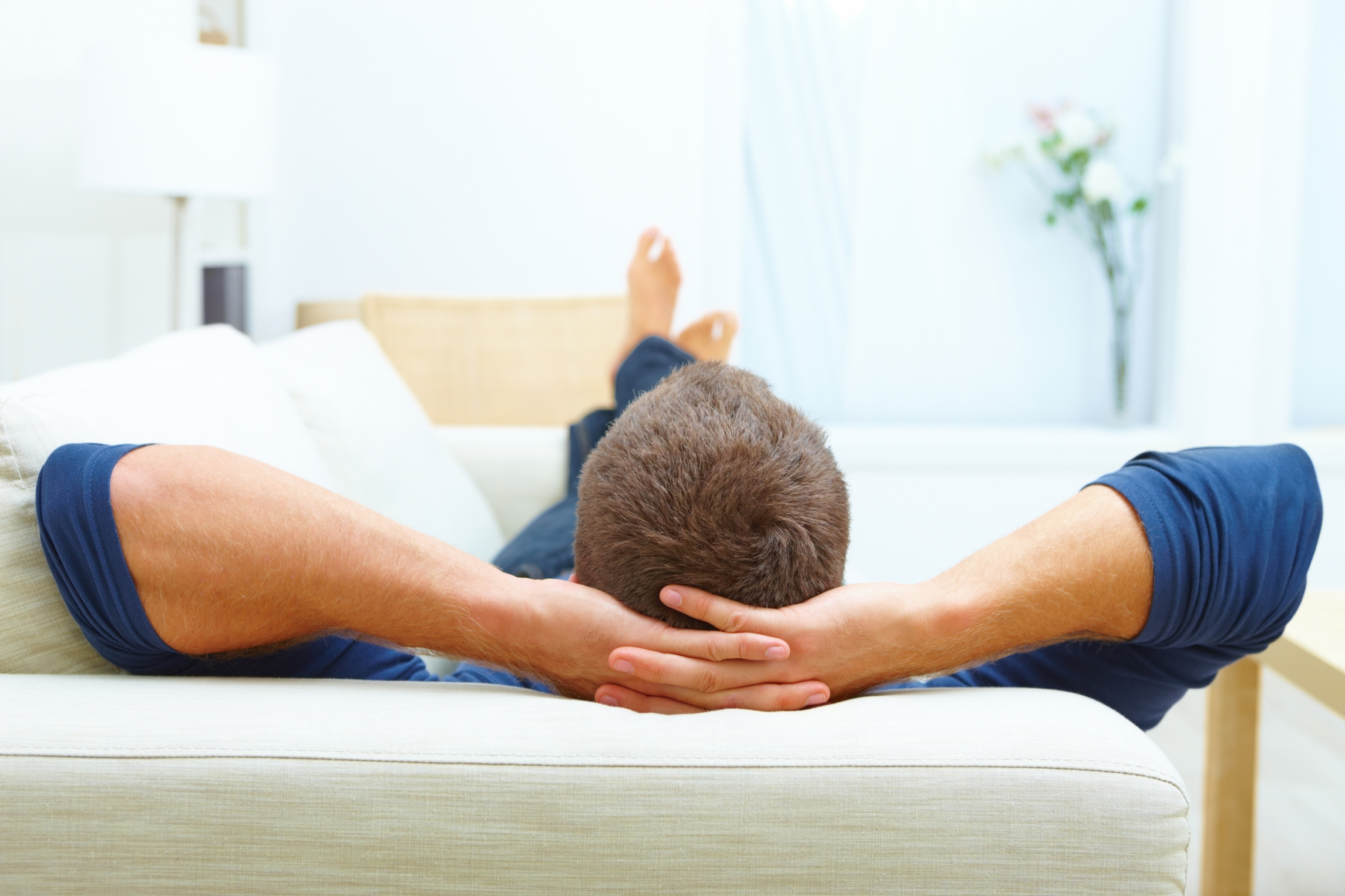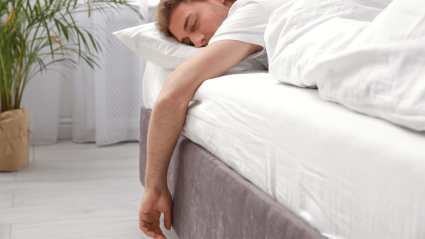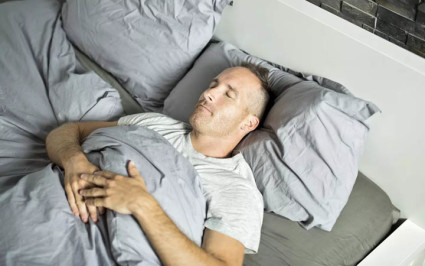
Avoiding Pain From Sleeping At Night
Getting a good night of rest can be near impossible with an uncomfortable sleeping environment. Lying in awkward sleep positions for long periods of time can lead to aches and pains in the joints, which can ruin sleep quality.
Sleeping pain commonly originates in the neck, back, and shoulder areas, all of which can have long term effects if not addressed promptly.
The two contributors to this problem are the sleep positions that we’re accustomed to and the sleeping apparatuses that we lay upon when resting.
By changing our sleeping patterns and opting for customizable furnishings for our bedrooms, our quality of sleep can be dramatically improved.

Best Resting Positions for Quality Sleep
The positions that we fall asleep in vary based on the way we’ve been accustomed to for years. Sometimes people can be reluctant to want to change positions until a sleeping partner or medical practitioner strongly advises it for their health.
Although there are some variations, there are three main positions used to rest for recovery:
The prone position involves the sleeper lying on their stomach for the entirety of the night and breathing by alternating the head on the left or right side. Many people people find this position very comfortable and don’t mind a rotating their neck to breathe, but this position can create a host of problems.
The neck joint is strained too much, especially when a thicker pillow is used to support the head. Next, the lumber spine is subject to undue pressure from gravity while resting on the stomach.
Prone sleeping should be avoided if possible.
Resting on one side is also known to be comfortable for many and can be varied a few ways. The legs can be brought up in a fetal position, lie straightforward, or one leg brought close to the body while the other is straight.
Main problems with side resting is shoulder impingement and lumber spine pressure.
Shoulder problems occur from weight being pressed on the ball socket, which can push the humerus bone slightly out of alignment in the joint.
To avoid this, you can externally rotate the shoulder by putting your arm underneath the pillow. You can also use a throw pillow to place underneath your torso and place your shoulder in the gap in between the head pillow to alleviate pressure.
Side lying is problematic for those with existing injuries or have soreness in their shoulder. A pillow can be placed underneath the injured arm so that it’s not aggregated whilst sleeping.
Sleeping on the side also creates lower back discomfort after a period of time, which is why it’s best to always use a pillow between your knees while in this position. Your shoulders will be supported from the first two pillows while the third will alleviate your hips and lower back.
Some people fall asleep easier on their back and can feel less obstructed than the first two positions. However if this sleeping position is not corrected health problems and physiological issues can occur.
In this position the hip flexors are strained to support your lower back at night, which is why it’s a good idea to sleep with pillow underneath your legs, near the hamstrings.
Thoracic curvature, better known as kyphosis, can be prevented in the supine position if the mattress is firm enough to support your weight. This is where your money should be spent on not just a quality mattress, but a mattress that customized to your body size to cradle your spine.
Lastly, the head in the supine position should be supported by a thick or contoured memory foam pillow to prevent the neck from sinking into the chest. This prevents sleep apnea from occurring and allows easier breathing.
If you don’t have an extra thick or special pillow, you can tuck the top of the head pillow into the headboard to make the bottom lip slant upwards. This will hoist your neck up as you sleep and bring comfort to your shoulders.
Sleeping Environment
Besides sleeping on a mattress, some individuals prefer alternatives in furniture when it comes to getting a good nights rest.
Options such as sleep recliners or chairs may be a choice for some who have existing back issues or prefer sleeping upright as they relax in the evening.
Sleeping upright does have its benefits as it can prevent acid reflux and nighttime heartburn.* Upright sleeping also elevates the head position, which can prevent sleep apnea as well.
Recliners and chairs can be beneficial for getting rest, however the neck will need some kind of support as well your legs.
When reclining for rest overnight in sleeping chairs, it’s important to use a head pillow for neck support, while also keeping your feet elevated with an ottoman or foot stool for blood circulation.
The Wrap Up
Sleeping positions are ingrained nighttime habits that are important to be corrected if we want a quality night of rest. The sleep environment has to be tailored for our comfort, but we must also make corrections if our bodies are feeling pain or irritation when we awaken. Listen to your body and take note on what works best for you to get the best quality of sleep.





Leave a Reply
You must be logged in to post a comment.